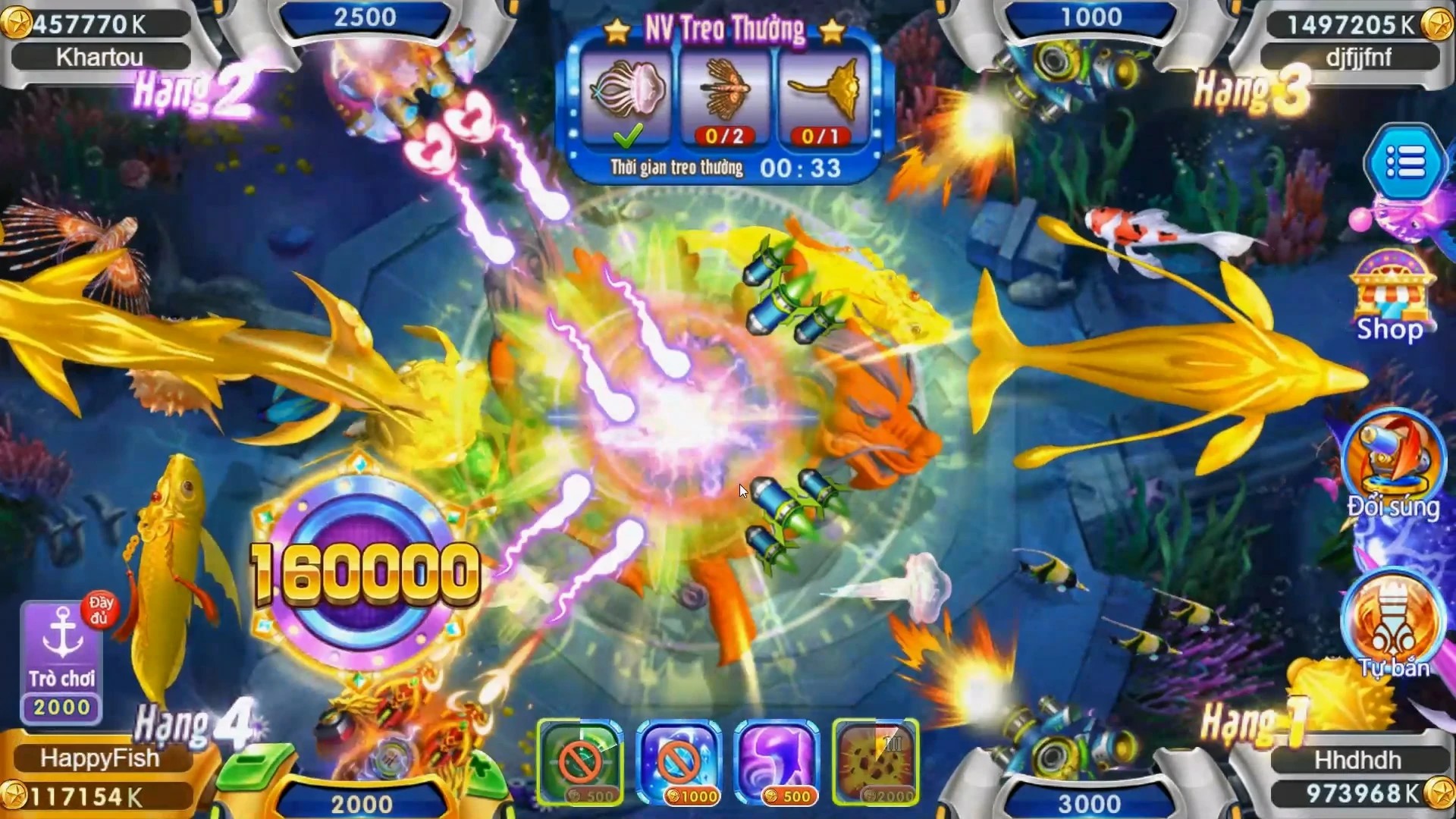Exploring the Freedom of Open World Games: Why They Redefine the Gaming Experience
Open world games have taken the gaming industry by storm, providing players with vast landscapes to explore and the freedom to choose their own paths. This genre encourages creativity, encouraging players to engage with rich storylines and intricate game mechanics. But what exactly makes these games redefine the gaming experience? Let’s dive deep into the reasons behind the immense popularity of open world games and explore some examples that stand out.
1. The Vastness of Freedom
One of the main features of open world games is the sense of freedom they provide. Players are not confined to linear paths or scripted missions. Instead, they can roam around expansive environments, discovering hidden secrets, side quests, and unexpected challenges. This kind of gameplay is highly engaging and allows for personalized experiences. For instance, players can choose to stick to the main quest or spend hours engaging in distracting side missions, which can often be more rewarding.
2. Immersive Storytelling and Characters
In many open world games, the storytelling is a crucial element. Players often find themselves deeply invested in the characters and narrative arcs they encounter. As they navigate through the game world, they are drawn into rich storytelling that unfolds organically. This aspect is particularly evident in games like Red Dead Redemption 2 and The Witcher 3, where every choice impacts the storyline, leading to various endings. Here’s a quick comparison of some of the best story mode games on Xbox 360:
| Game Title | Genre | Noteworthy Features |
|---|---|---|
| Red Dead Redemption | Action-Adventure | Immersive storyline, character depth |
| Fallout 3 | Role-Playing | Open-world exploration, divergent endings |
| The Elder Scrolls V: Skyrim | Fantasy RPG | Expansive world, rich lore |
3. Dynamic Worlds and Player Interaction
Another exciting aspect of open world games is their dynamic environments. These games create living, breathing worlds that can change based on player decisions. Characters react to the player's actions, making every playthrough unique. In titles like GTA V and Breath of the Wild, every encounter and decision can lead to different consequences, making the game feel alive and responsive. It's this level of interaction that elevates open world games and keeps players coming back for more.
4. The Rise of RPG Elements
Open world games often incorporate RPG (Role-Playing Game) mechanics, allowing players to customize characters and skills. This adds depth to gameplay, as players can tailor their experience to match their playstyle. For fans of mech RPG games, titles like Borderlands offer innovative looting and character progression systems, merging open-world exploration with role-playing elements. This combination makes it easy to lose hours engaging with the game's mechanics and character development.
5. Community and Multiplayer Aspects
Modern open world games frequently include multiplayer features, creating communities around them. Games like Fortnite or Sea of Thieves enable collaboration among players, fostering friendships and shared experiences. The social aspect enhances player engagement, making challenges more manageable and gameplay more enjoyable. Plus, ongoing events and updates keep the gaming community active and continuously engaged.
Conclusion: The Future of Open World Gaming
Open world games are here to stay. Their ability to redefine the gaming experience stems from their immersive storytelling, engaging gameplay, and dynamic worlds. Players love the freedom to explore and interact with characters in ways that traditional linear games cannot offer. As technology advances, we can expect even more breathtaking worlds, deeper narratives, and richer opportunities for player engagement. The sky is the limit for open world games, and it’s exciting to think about what the future holds.



